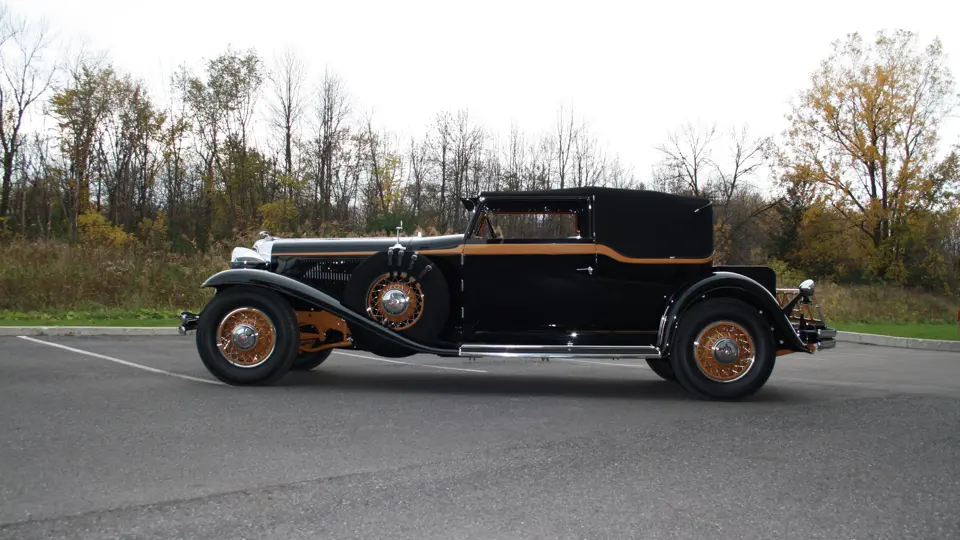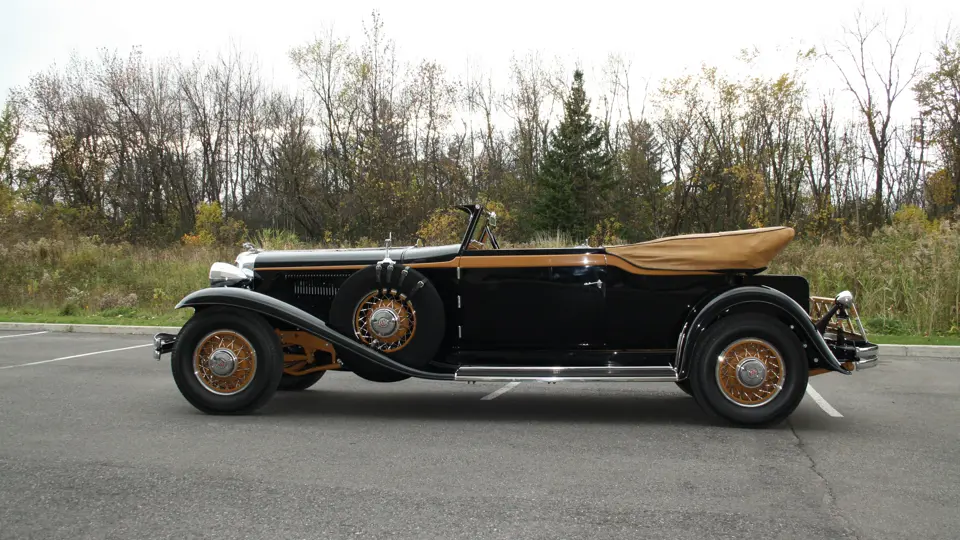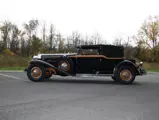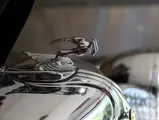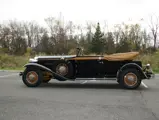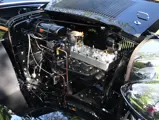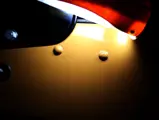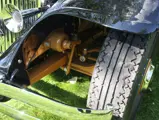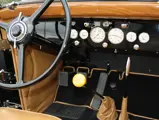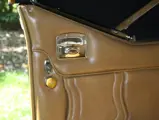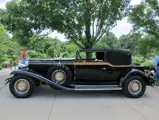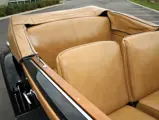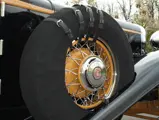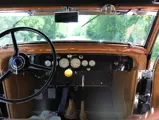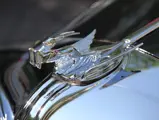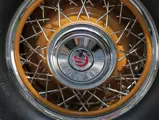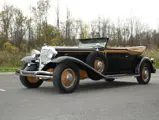125 bhp, 384 cu. in. in-line Silver Dome eight, four-speed manual transmission, front beam axle with parallel leaf springs and live rear axle with parallel leaf springs and four-wheel hydraulic drum brakes. Wheelbase: 145"
• Three owners from new
• Single-family ownership for 70 years
• One of only three examples extant
• Multiple award-winner following full restoration
In 1911 Walter Chrysler was lured away from the American Locomotive Company by Buick President Charles Nash. The visions of the talented Chrysler did not match those of GM founder Billy Durant; set on leaving the company, his first attempted resignation in 1916 was responded to with one of the richest compensation packages offered at the time, which he immediately accepted. When the contract was up for renewal three years later, Chrysler made a successful exit from General Motors. After a brief stint at Willys-Overland, he took over the ailing Maxwell Motor Company and announced the introduction of the Chrysler in 1924. From the start, the Imperial name denoted the marque’s most exclusive offering.
By 1931 the Imperial touted a mammoth wheelbase of 145 inches on which were mated some of the most attractive formal and sporting open coachbuilt bodies of the era. Any individual who has had the pleasure of driving the CG and CL Imperial knows firsthand how nimble they are despite large proportions. Regardless of the weight of coachwork, the 384-cubic inch eight propels these conveyances with ease while advanced steering geometry minimizes the effort required to navigate corners. The Imperial could be supplied with factory bodies from the Briggs Manufacturing Co. and semi-customs by LeBaron. However, a small quantity of bare chassis were dispatched to coachbuilders who could satisfy clients with a desire for further exclusivity.
Waterhouse was founded in 1928 by two former employees of Judkins, Charles Waterhouse and his son Moses. The firm’s initial goal was to supply bodies for the DuPont motor car, a significant milestone which was achieved when Waterhouse purchased the assets of the Woonsocket Mfg. Co. and fortunately acquired the talent of George Weaver. With this notoriety, the firm gained enough traction to clothe some of the most prestigious chassis like Packard, Pierce-Arrow, Stutz and Marmon. In a short but distinguished run, the firm produced approximately 296 bodies; the vast majority of the firm’s production, approximately 251 bodies, were placed on the Lincoln, DuPont and Packard chassis. Of 31 Waterhouse bodies built on various chassis, only six or less are believed to have been mated to the CG Imperial.
The eye-catching Convertible Victoria was Waterhouse’s trademark and is notable as one of the earliest American-built bodies to incorporate European styling. The striking body lines captured attention in the industry, particularly from competitors. Imitation of the Weaver-penned designs soon took its toll on the firm, and custom body production ended a mere six years after it began.
This 1931 Chrysler CG Imperial Custom Convertible Victoria by Waterhouse was produced on June 15, 1931. Known history dates to 1939 when Mr. Calvin Collins of New York purchased it from the McCormick Garage. The car was enjoyed by the Collins family for several years but was almost lost to the scrap drives of World War II. At the insistence of his young son Scott, the sculpted Imperial was spared, but in a balance of patriotism and patronage, the Chrysler gave up the single heaviest piece of metal that could serve as war material—its engine. Many special cars were lost to the war, and it is due to the vision of early collectors like Calvin Collins who quietly preserved cars too precious to re-purpose that these treasures survive. While salted away in the family barn, the younger Collins dreamt of restoring the old car, and he collected original parts over the years to serve a future restoration. In 2009 Scott Collins phoned noted Canadian restorer Richard Grenon, who immediately struck a deal to purchase the car. By this point, the car had been in the Collins family for a remarkable 70 years!
Although the rare Convertible Victoria had been exposed to the elements, Grenon had the vision to see the potential of the great motor car. Amazingly the chassis was in excellent shape, and the aluminum body had also fared remarkably well. Although the majority of the wood framing required replacement, only three inches of the lower quarters required repair. Mr. Grenon notes that the remaining original wooden pieces and many smaller chrome elements still bear the “163” stamping which refers to the Waterhouse job number.
Between 2009 and 2011, Richard and his son Nicolas spent 6,000 hours restoring CG 3843. It is finished in the original color of black with caramel coach line, the chassis and wheels complemented by a black cloth top and caramel leather interior. Notable features include an interior light and full rear window, both of which are Waterhouse trademarks, as well as dual side-mounted spare tires with mirrors, sun visor and a rear luggage rack with a trunk. A full binder of research and photography depicting the entire restoration process from barn to concours field also accompanies the car. The blackwall tires focus attention on the extraordinary body lines from the enormous hood all the way back to the dogleg of the rear body, which allows the top to lay almost flat when lowered.
Days after completion, CG 3843 was debuted at Cincinnati’s Ault Park Concours d’Elegance, where it won the Early Prewar Best of Class Award, followed by the William K. Victor Best of Show Award. At the Concours d’Elegance of America at St. John’s, it was awarded Most Significant Chrysler in Show. Having already demonstrated the significance of the car and the potency of its restoration, Grenon respectfully declined an invitation to the prestigious Pebble Beach Concours d’Elegance, reserving that honor for the next owner.
Of the 296 bodies originally produced by the tiny Massachusetts coachbuilder revered for exceptional quality, it is believed that only about 30 remain. The Waterhouse Convertible Victoria is unquestionably refined, and it would not be inappropriate to call it prototypical as it is largely recognized as the inspiration for similar designs that would follow from Dietrich, Rollston and LeBaron. In an interesting and enduring theme, father and son were responsible for the entrepreneurial spirit that led to the creation of CG 3843 as well as the foresight that facilitated its survival and the painstaking effort expended on its resurrection. It is, in a word, stunning.


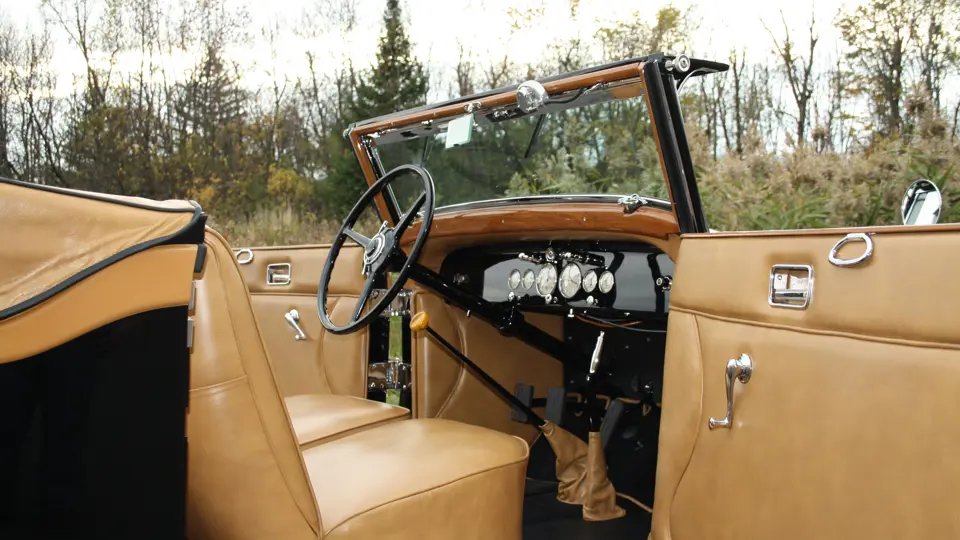

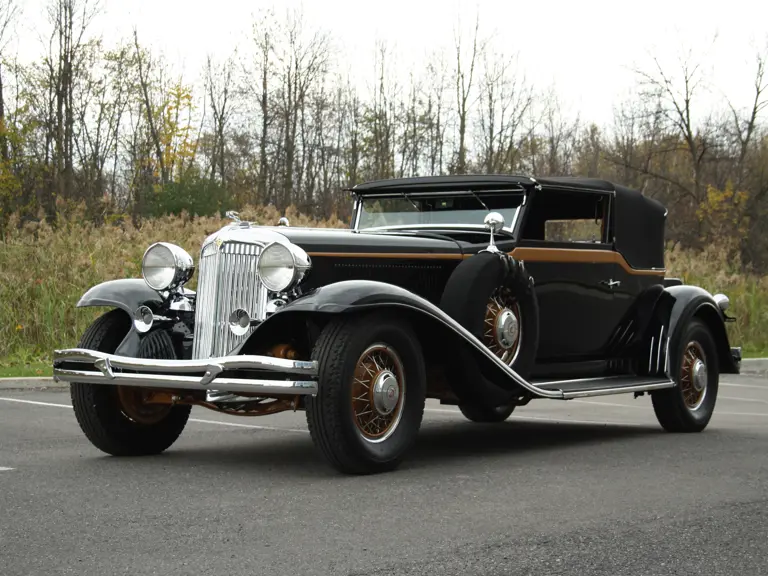

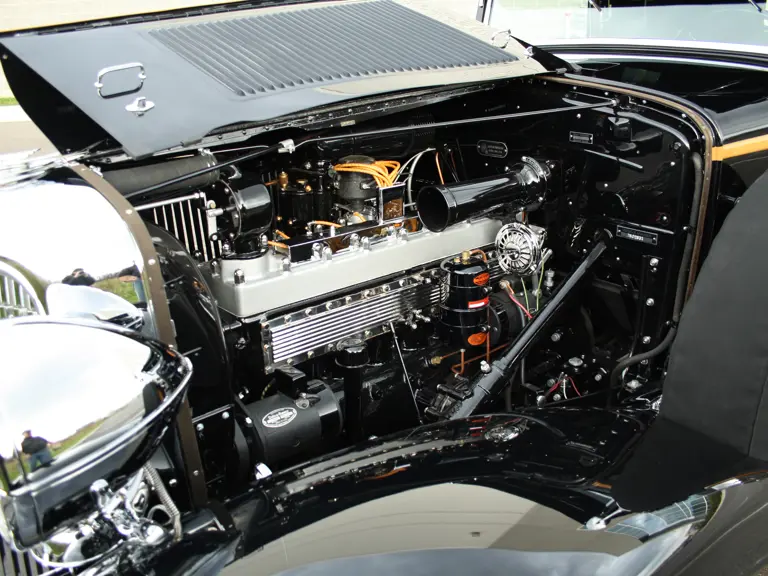
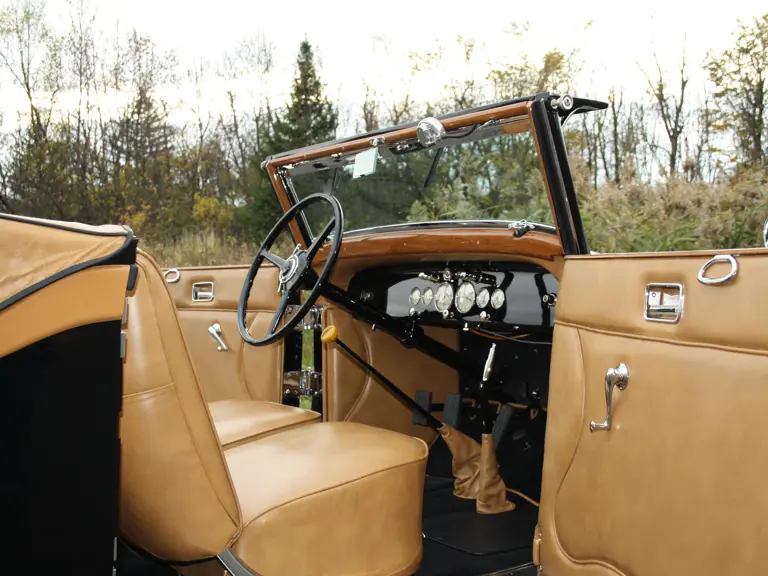
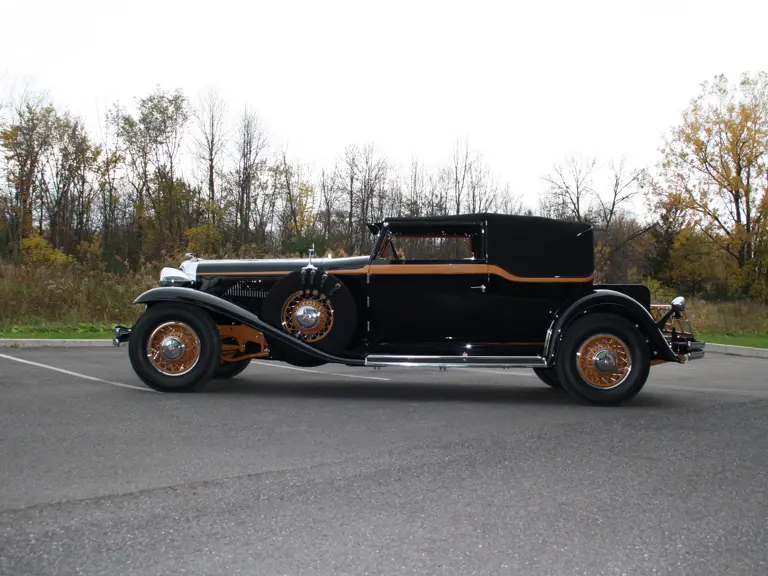
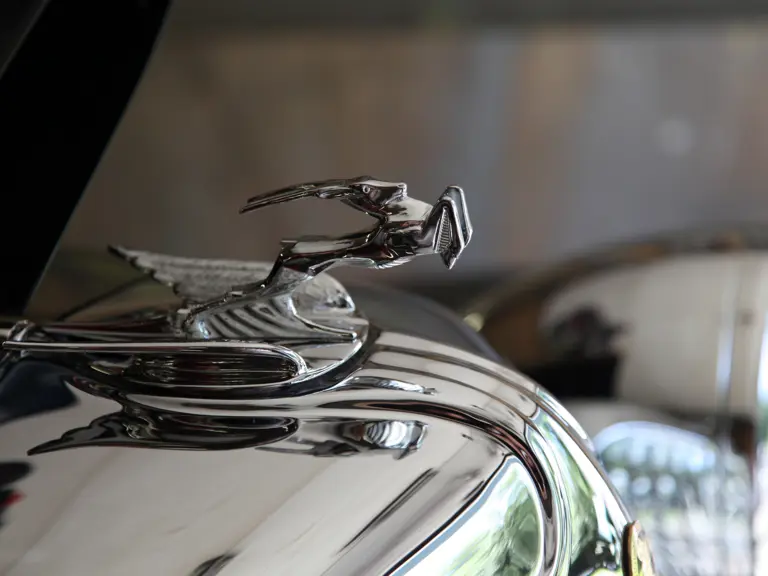
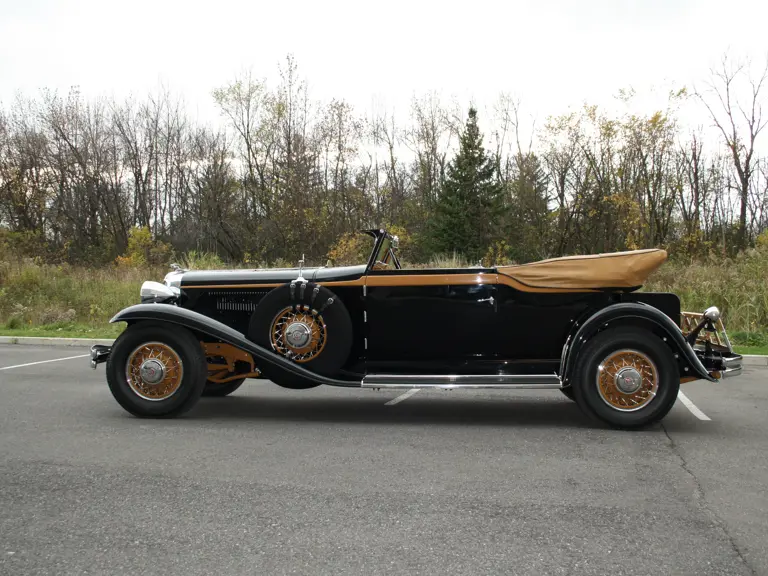
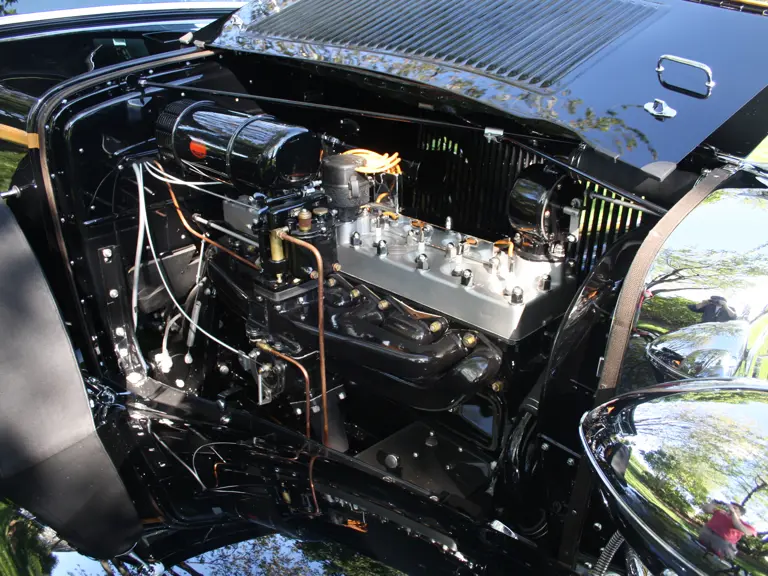
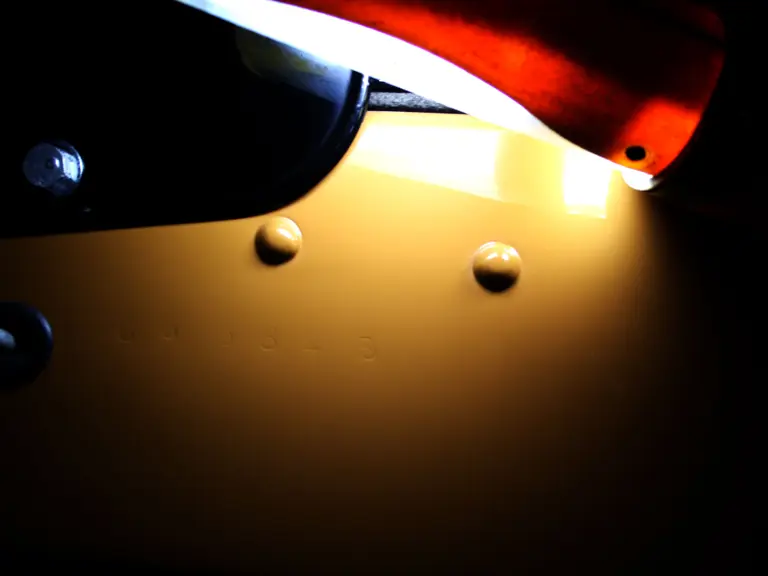

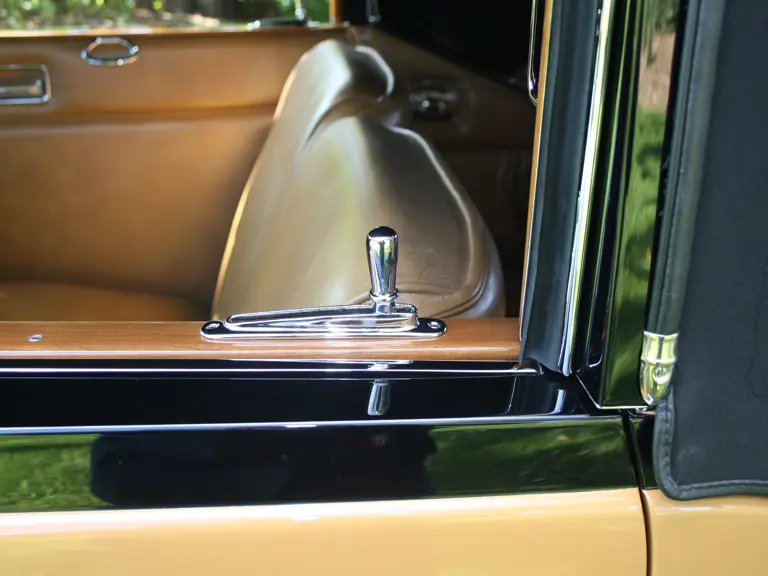
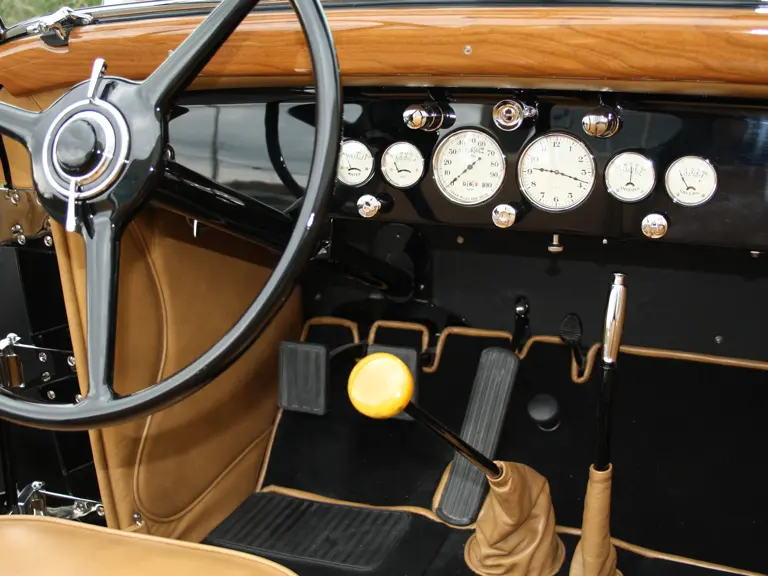
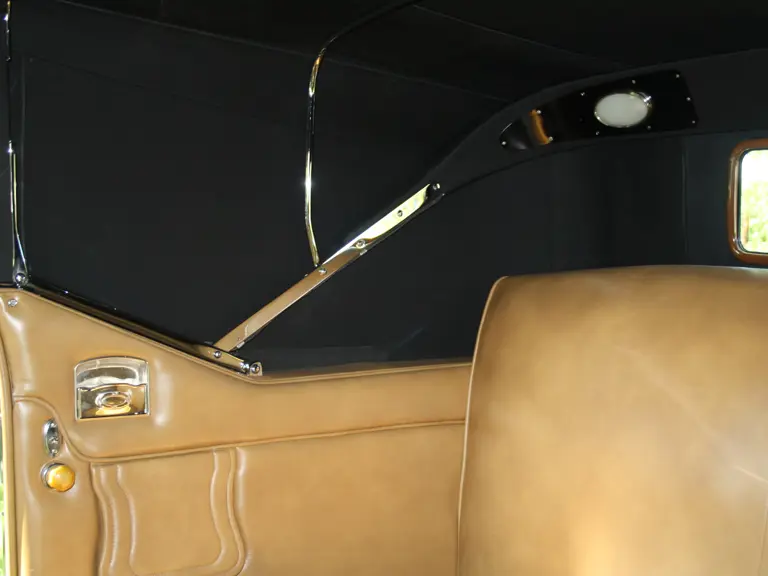
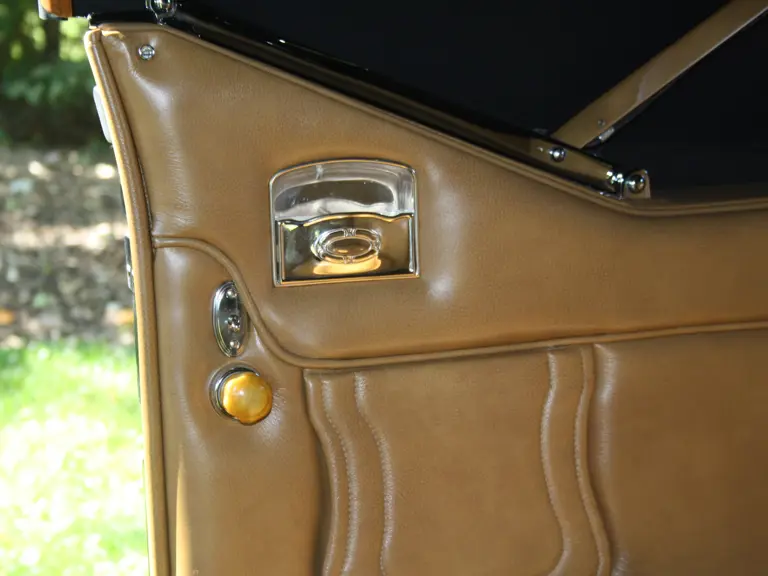
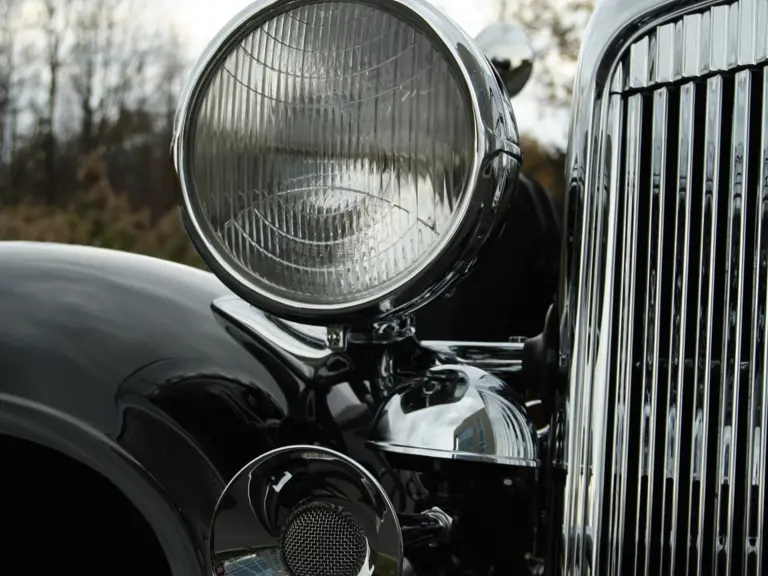

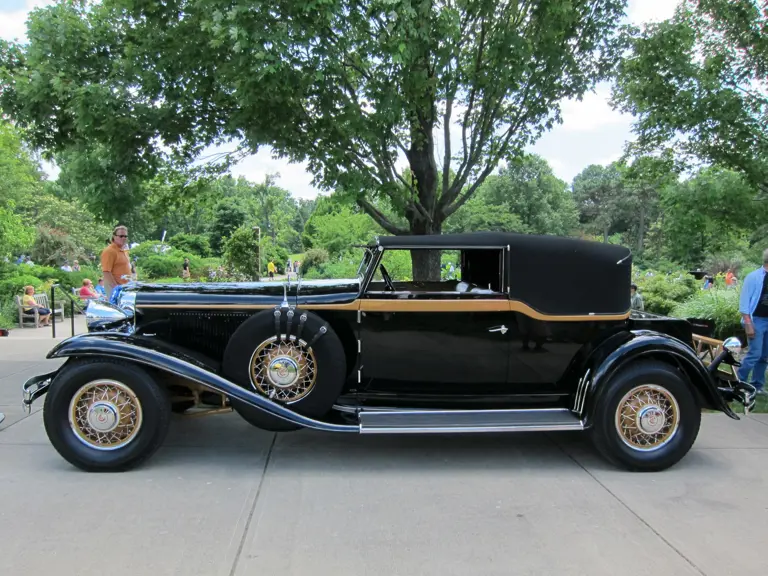
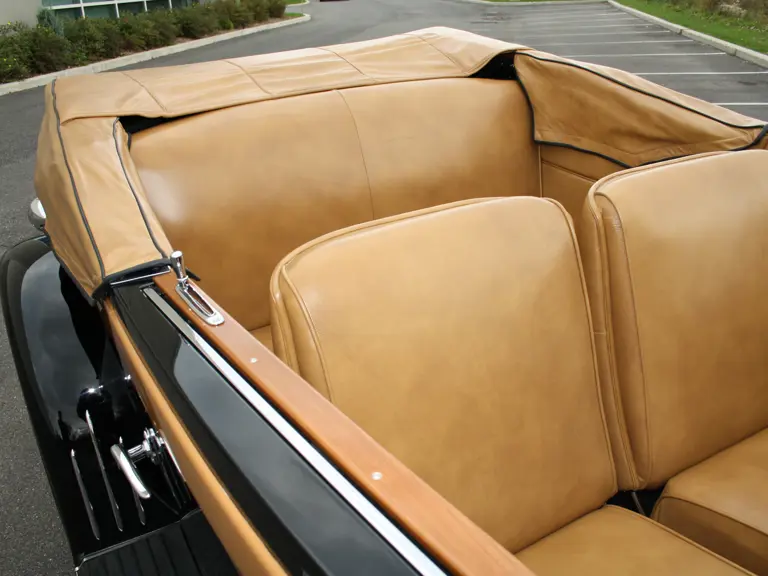
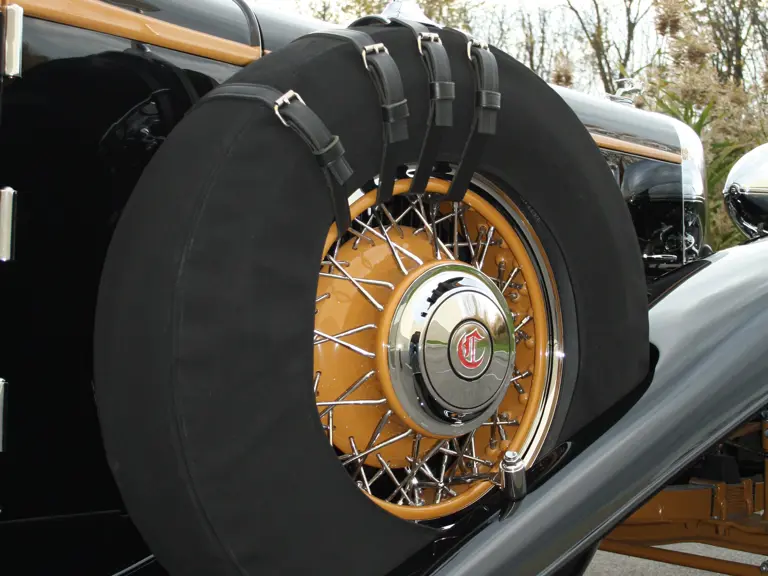
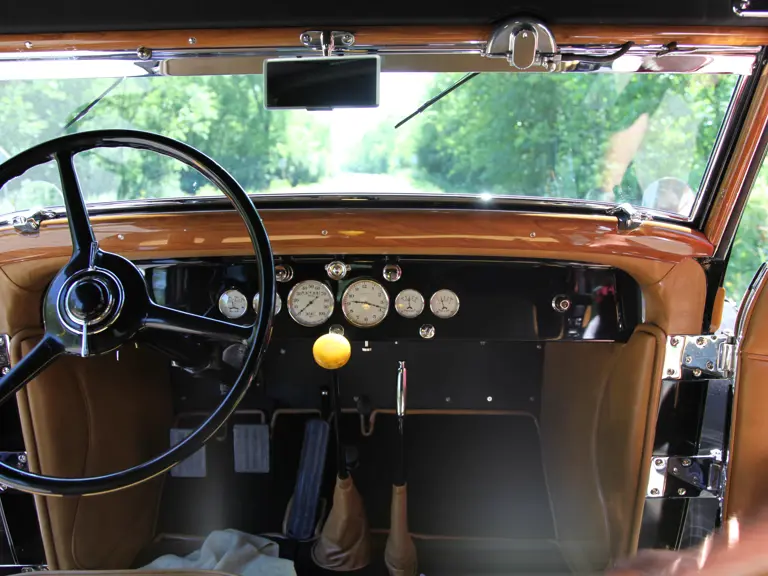
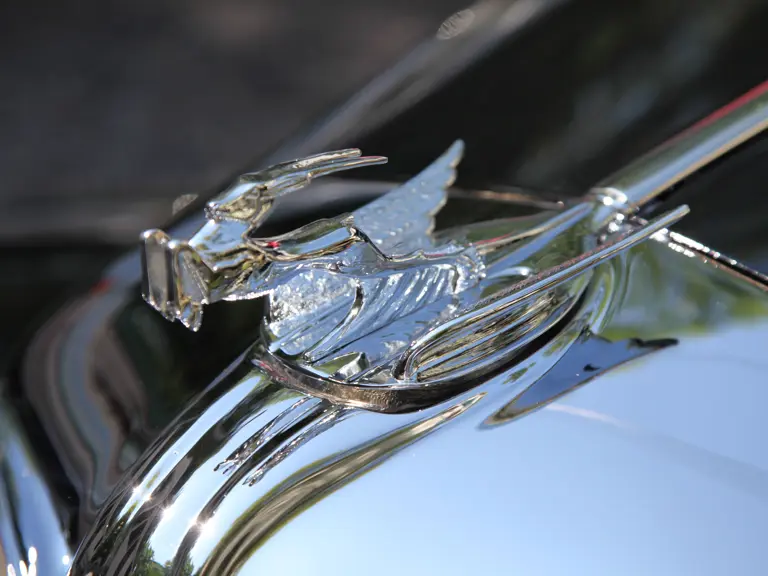
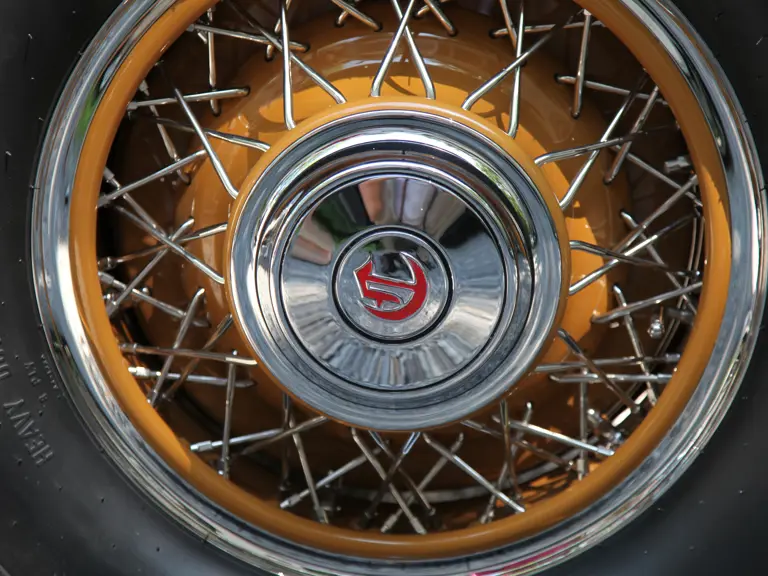

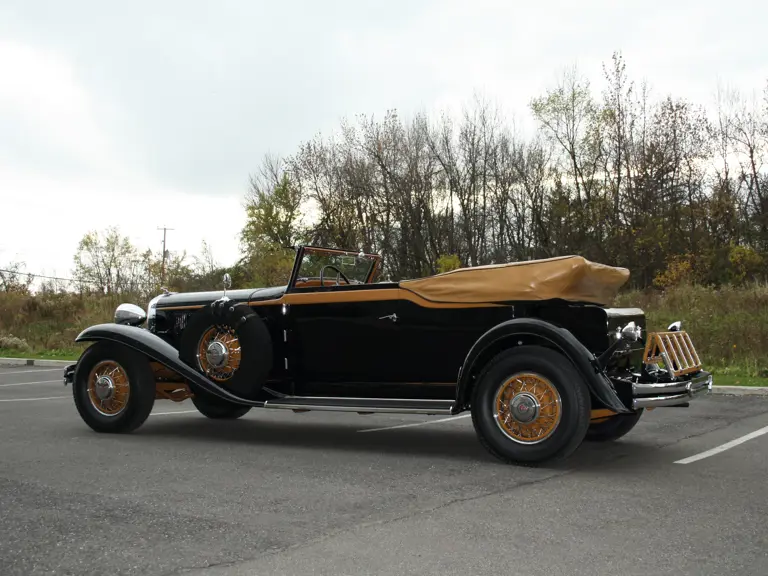
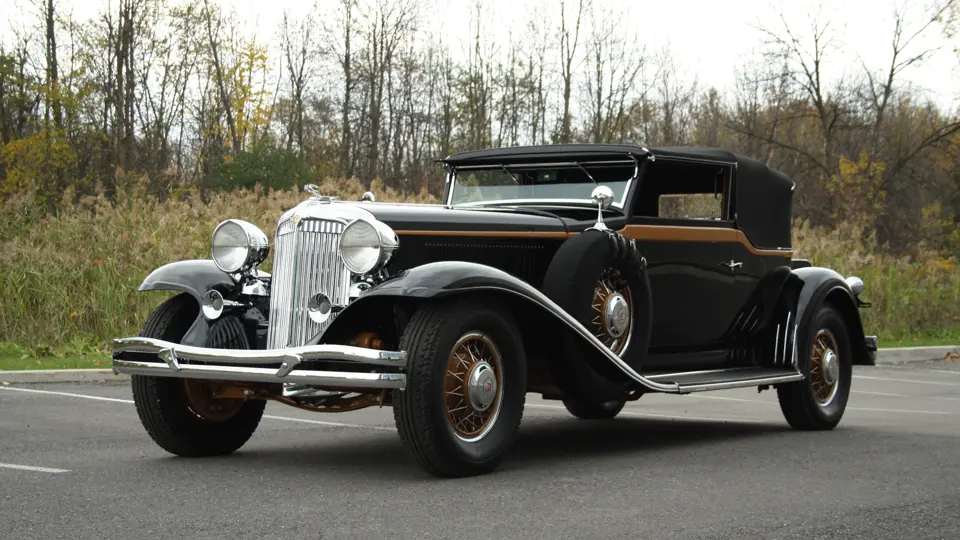
 | Phoenix, Arizona
| Phoenix, Arizona
